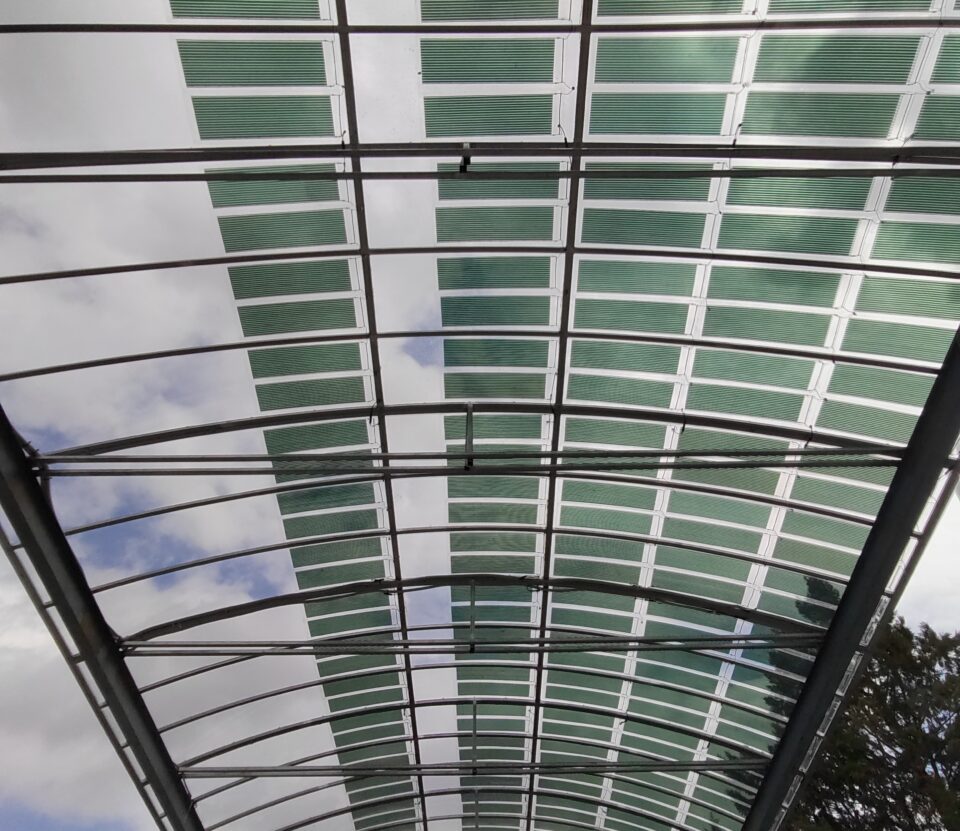AbstractOverview
EKOBuild is an ambitious research and innovation program, with a duration of 2.5 years, aimed at increasingthe energy efficiency of existing buildings.
EKOBuild’s conception is based on increasing the energy performance of building facilities, by developing and installing large scale Organic & Printed Photovoltaics (OPVs), characterized by transparency in the visible spectrum of more than >35%. %. The project aims to optimize large-scale Semi-Transparent OPVs (S-OPVs), utilizing Roll-to-Roll (R2R) printing techniques on plastic substrates, with transparent electrodes employing in-line laser patterning of nano-layers and optical metrology tools in order to control the thickness and optical properties of printed nano-layers.
Increasing global energy demand leads to the emergence of ‘Nearly zero energy buildings’ – NZEBs. As our country has to align with the mandatory regulations of the European legislation on energy savings in the building sector, EKOBuild suggests solutions to reduce the cost of converting existing buildings to zero energy footprint and to increase energy savings by building prototype «Building-integrated photovoltaics»-BI(O)PVs. BI(O)PVs refer to the installation of flexible OPV Panel (~0.5Kg/m2) on glass panels or roofs of buildings in which the surface of the roof is limited or impossible to install. It is estimated that the use of photovoltaic panels in glass building facades can achieve energy savings of between 5.5% and 28% constituting a solution for achieving EU targets.
Today, there are several applications involving Silicon Photovoltaic in building facades. However, their use remains limited and not applicable due to: a) high weight ~22Kg/m2, b) rigidity and fragility, c) their reduced efficiency at high temperatures and under cloudy conditions & d) their opacity making this conventional technology unsuitable for installation on glass building facades.
EKOBuild’s forefront is based on optimizing the production of customized OPVs as an attractive solution for the exploitation of solar energy in BIPVs overcoming the drawbacks of conventional photovoltaics. Customized, optical transparent with free design and expanded color palette for aesthetic purposes, would offer flexibility of adaptation to each architectural structure (vertical & curved surfaces) allowing the power generation in glass facades.

